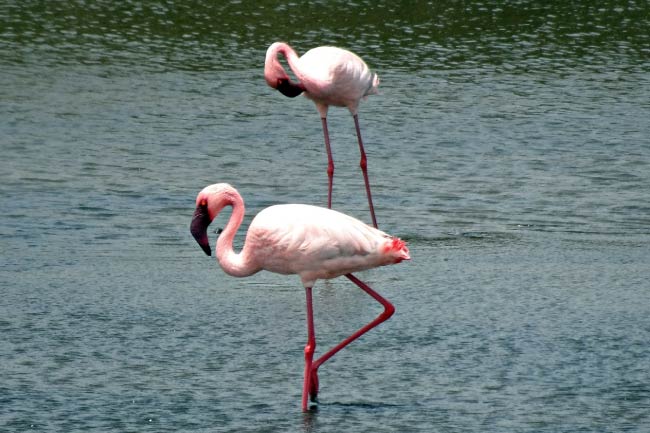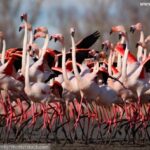Flamingos are the most famous pink birds with long necks and legs. They are usually linked to tropical weather and drinking exotic beverages while eating coconut! In reality, various species of flamingos belong of Central as well as South America, Africa, regions of Europe and Asia. Find out more about the the flamingo.
Description of the Flamingo
Flamingos are big pink wading birds sporting long legs. The legs of these birds appear to bend inwards (see interesting facts for more information about this! ) They are also used to swam through the water looking for food. Flamingo feathers, or plumage can range in color from light and dark to deep pink. Wild, the more vibrant the flamingos are, the healthier they will be.
Interesting Facts About the Flamingo
A lot of the information that are discussed in “Description of the Flamingo” require further information, since the flamingos are truly fascinating creatures! They’re truly bizarre creaturesand possess several unique traits in the birds. Do Birds Pee
Long Legs One of the most distinct characteristics of flamingos are their legs that are long. This isn’t solely due to the fact that they are beautiful and long however, they also have knees are bent backwards! Are they? Flamingos’ “knees” are actually their ankles! The joint that you can see halfway across the leg is actually the ankle. The knee is located under feathers. This is an awful large amount of time in a tizzy state.
Habitat of the Flamingo
There are six species of flamingos found in diverse parts of the world. No matter where they are they are attracted to shallow lagoons and lakes. They favor shallow waters, because they can wade around in search of food while their prey is at home in the shallow waters.
A lot of species choose to stay in water bodies that is too salty or acidic, for other species to thrive. While they do not have any friends (including neighbors who might want to consume them) The flamingos have water bodies awash with tiny crustaceans and algae. They not only have an endless supply of food however, they have no competition.
Distribution of the Flamingo
There are four kinds of flamingos that can be present throughout Central as well as South America, and two species are found in Africa, Europe, and Asia. Chilean Flamingos Andean flamingos, as well as puna flamingos originate from South America. American flamingos, often referred to as Caribbean flamingos are located in Mexico and the Caribbean along with north South America. The larger flamingos reside within Africa, Europe, and Asia while smaller ones are only found in Africa.
Diet of the Flamingo
Flamingos of different kinds exhibit distinct feeding habits. Some species, like ones called the puna Andean smaller and the Andean flamingos, utilize filter feeding to consume plankton and algae. Others filter larger preysuch as shrimp, mollusks, insect and larvae.
Although the mechanisms differ between species, each of these fascinating birds feed by turning their heads turned upside down. The birds eat the water in mouthfuls, then filter out food via hair-like lamellae (very similar to baleens from whales) and then consume the carcasses left behind.
Flamingo and Human Interaction
Humans have used flamingos for many centuries, as food and for medicinal purposes. The biggest threats facing the flamingos today is habitat loss as a result of road construction, development and agriculture. The birds are also threatened by lead poisoning as did they are threatened by the California Condor. The year 1989 saw the use of lead shot bullets led to the deaths of more than 100 birds in Mexico which led to the passage of laws banning lead ammunition in the area.
Fortunately, measures were taken to stop the further decline in population for numerous species of flamingos. Chile has set up an official national reserve for flamingos to safeguard the Andean flamingo and is expanding the safeguard to all habitats, too. The Flamingo Specialist Group (created in 1978) is also studying and working to protect the different species of flamingos through surveys of populations and preparing conservation plan
Also Read




